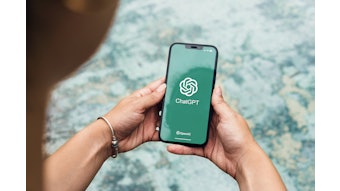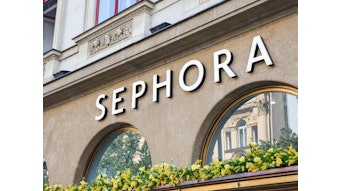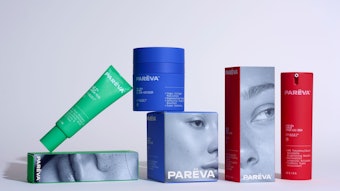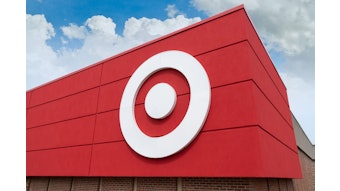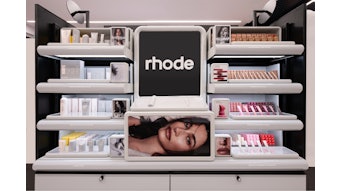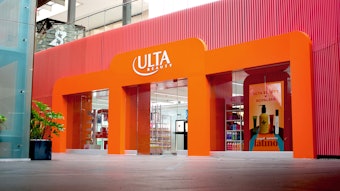Blogging, tagging, bookmarking and social networking are words that have spread like viruses across the Web. Many young people choose to spend their free time online rather than watching television, and companies are just starting to wake up to the opportunities this has created. However, the beauty industry has a long way to go before it catches up to these consumer habits, with most companies spending a miniscule amount of their marketing budget on Internet advertising.
To put the market in perspective, a report by Forrester Research predicts that global online sales of consumer goods for 2006 are expected to reach $138 billion, but cosmetics and fragrances are far behind other retail categories—computer hardware and software, auto parts, apparel and footwear, for example.
According to Simon Pitman, editor, Cosmetics Design Europe*, the outlook for online cosmetics and toiletries is good. “This is due partly to big increases in the number of online sites selling fragrances and cosmetics, as well as growing confidence among consumers about making such purchases over the Internet,” said Pitman. He suggests that it is preteens and teenagers who are most likely to engage with cosmetic Web sites, citing the example of Britney Spears’, curious fragrance, which was Amazon.com’s number one fragrance in December 2005.
Young women are the prime target for magazine’s that have launched online versions. Increasingly, this is where companies such as Chanel and Estée Lauder are looking to spend their advertising budgets. At Future Beauty and Body Visions 2006, a marketing conference held in London in September 2006, Jenny Cossons, Condé Nast Interactive’s director of fashion and beauty advertising, demonstrated how new technology is bringing beauty advertising to life. Online video ads hand control to consumers, allowing them to fast forward or rewind sequences—an ideal way to demonstrate makeup application and maximize the value of the ad.
“Estée Lauder is one of the most forward-thinking online brands, and Bourjois, (which) has never previously worked online before this year, has launched a competition to win lipsticks in glamour.com,” explained Cossons.
A successful U.K. women’s beauty and lifestyle Web site—handbag.com—reaches 1.3 million women every month. Founded seven years ago, its impressive monthly visitors statistic has been made possible by consumer uptake of broadband, which now accounts for 71% of U.K. Internet users, up from 49% just one year ago.
According to Euromonitor in its Industry Watch daily news analysis platform, the Internet can be used as an effective marketing tool to grow appeal among hard-to-reach shoppers—such as teenagers and men. “Purchasing personal care online is not only convenient, but great for consumers too embarrassed or self-conscious to purchase certain products face-to-face,” states Euromonitor, citing the example of men with a penchant for depilatories and other grooming products. Pitman agrees, adding: “There is more potential for targeting men than any other category, as men don’t like going round the shops.” The number of male grooming Web sites is increasing. Sites such as www.shave.com, www.buzzskin.com and www.mankind.co.uk score with men because these sites allow men to interact through questionnaires, message boards and quizzes—which also helps these consumers understand more about grooming without having to admit their lack of knowledge face-to-face with a beauty consultant.
In addition to brand-oriented shopping and information Web sites, there is a newer and potentially more powerful means of reaching consumers. Manufacturers are catching onto the growing popularity of blogs, which are available to anyone who wishes to post ideas or media online. “On such sites that provide access to consumer feedback and opinion, manufacturers can not only attain authentic product endorsements but also can learn about which aspects of their products are less effective,” observes Euromonitor.
Word-of-mouth recommendation rapidly is becoming the norm for users of the Internet, and it is a way of engaging and building community around brands. People rely on information from each other rather than institutions and can quickly let others know when they are not happy with a product. Social computing of this kind may be seen as a threat to marketers as they lose control of the message. However, those selling authentic products can enter into dialogue with their customers and use this new media as a means of testing out product concepts and advertising. In short, the Internet is an extremely fast-moving marketplace that will play an increasingly important part in beauty companies’ marketing plans.
*Decision News Media (which owns Cosmetics Design Europe and Euromonitor) will participate in the trends presentations at the 2007 in-cosmetics show, which takes place in Paris on April 17–19, 2007. For further information, visit www.in-cosmetics.com.
